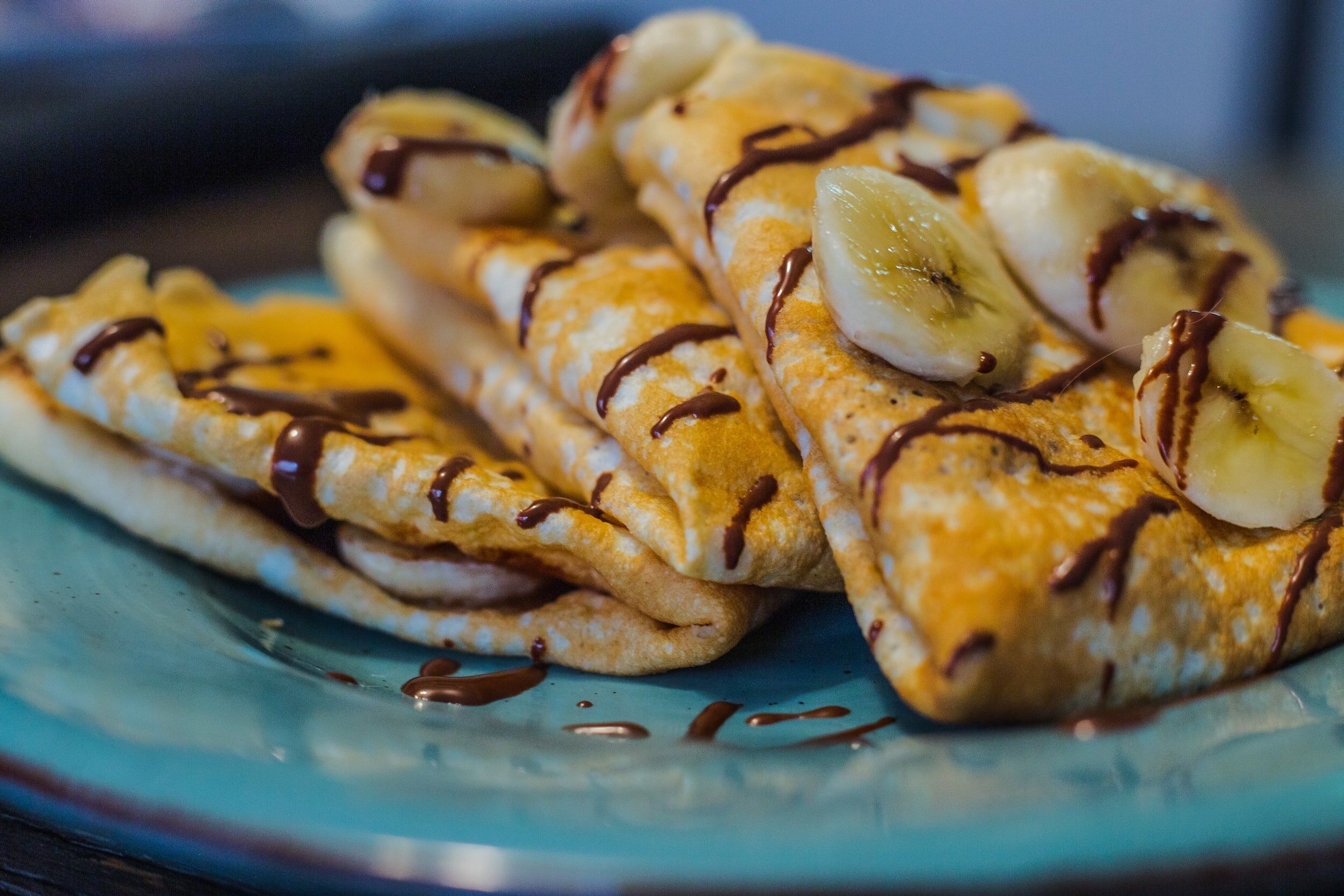Cooking With Your World Language Classes
How you can cook in your classes, and why you probably should!
“Are you the teacher that cooks?”
I was on after school carpool duty, and a student I’ve never met before approached me with this blunt question. This is not an unusual occurrence; after only a few months in my new school, being the ‘teacher that cooks’ is my claim to fame!
“Preparing and eating food allows students to not just learn about the target culture, but to actually experience it”
There are so many reasons to cook in world language classes! Cooking does introduce some logistical hurdles; in part 2 of this blog I’ll share ways to overcome these. But first, let’s investigate the tremendous benefits to incorporating food into your world language curriculum
Cooking is integral to culture
Preparing and eating food gives students a literal taste of the target culture! Cooking opens discussion about the products, practices, and perspectives of the target culture with questions like:
Why might cooks in the target culture use these ingredients? (products)
Who cooks this food? Why do they use this preparation technique? When and where is this particular food eaten? How is it served? Who eats it? (practices)
What does all of the above suggest about target culture beliefs, priorities, and values? (perspectives)
Preparing food allows students to not just learn about the target culture, but to actually experience it. In other words, cooking and eating in our world language classrooms are not just ‘fun activities’, but are valuable components of holistic world language instruction.
Cooking is high interest
Every year on the beginning of class survey, students mention, “I hope we cook!” On year end surveys, cooking is consistently mentioned as one of the best activities of the year. There’s just something wonderful about setting aside the more academic pieces of the curriculum and focusing on something completely different, hands-on, and memorable. Throughout the school, students I’ve never taught know we cook in French class, which leads to the next benefit…
“Being able to cook a simple dish generates self confidence, pride, and satisfaction, which helps counteract some of the negative societal trends our kids are experiencing. ”
Cooking can help recruit students to your program
In a world where language education is not always prioritized, we DO have some control over generating demand for our program by ensuring students WANT to take our classes. Cooking is a huge way to do this; students will hear about - and even smell - what’s taking place in your classroom, and will inevitably wish they were a part of it. (Read more about ways to generate demand for your classes in my blog post on Sharing the Benefits of Learning Another Language.)
Cooking is a wonderful lesson in life skills
I am always shocked by how many of my students - even academically strong students - have no experience with food preparation. Every year I have to show students how to crack an egg, how to flip something on a griddle, how to butter a pan. These are life skills! After a cooking lesson, I always tell kids “Your homework for this weekend…” (groan) “...is to make this recipe for your family.” (cheer!) Quite a lot of students take me up on this, which gives them a sense of accomplishment and practical application of what we did in class. I’ve had students come back to school beaming about how impressed their parents were, and parents frequently tell me, “My child was so proud of themself - they made dinner for the family!” I’ve seen how being able to cook a simple dish generates self confidence, pride, and satisfaction, AND keeps kids off their phones for a bit. All of this helps counteract some of the negative societal trends our kids are experiencing.
Cooking is a memorable last lesson before a break.
Cooking on the day before a school break gives kids something to look forward to and lends productivity to a challenging class period. I’m usually tired after a cooking lesson, but hey - I have a break afterward too!
Some students shine while cooking!
Sometimes I’m surprised by who is a great chef in my classroom! Some of my students are responsible for cooking for younger siblings or other relatives, or help their parents run a restaurant, or are prolific hobby chefs. These kids beam when I ask them to assist their classmates as we prepare our delicious creations!
Incorporating food preparation into your world language instruction is a powerful classroom practice; a practice which led to that telling moment during after school carpool…
“Are you the teacher that cooks?”
I smiled at my new acquaintance. “Yes! My students cook at least once every semester. But, you have to take French. Why aren’t YOU in French class?”
“I’m going to take it next semester. My friend said it’s really fun.”
“YES! I can’t wait to have you in class!”
Have you cooked with your students? How did it benefit them? Share in the comments! And read part 2 of this blog post for tips for cooking with students, and check out these posts for specific recipes to try with your French and Spanish classes!






